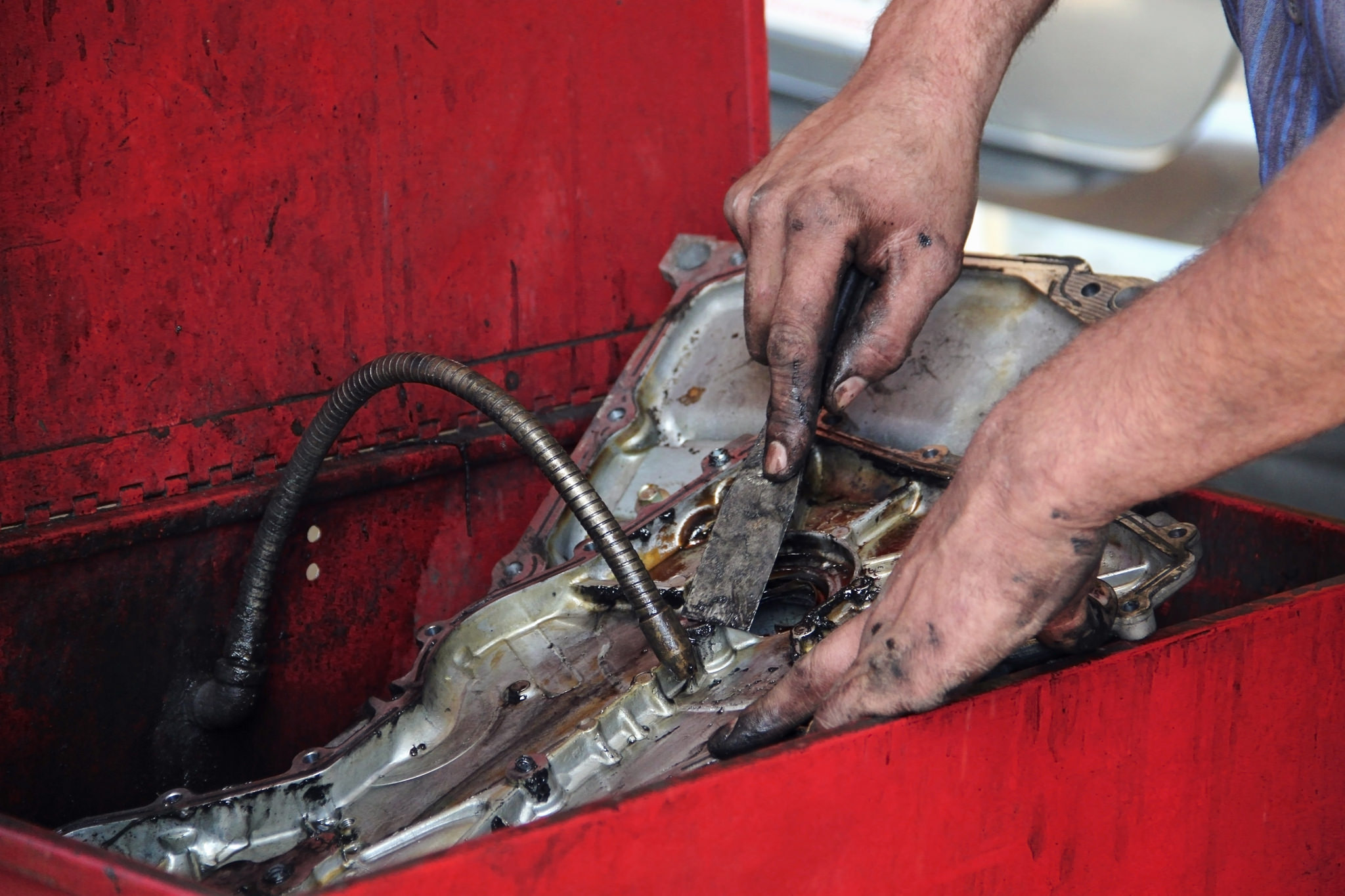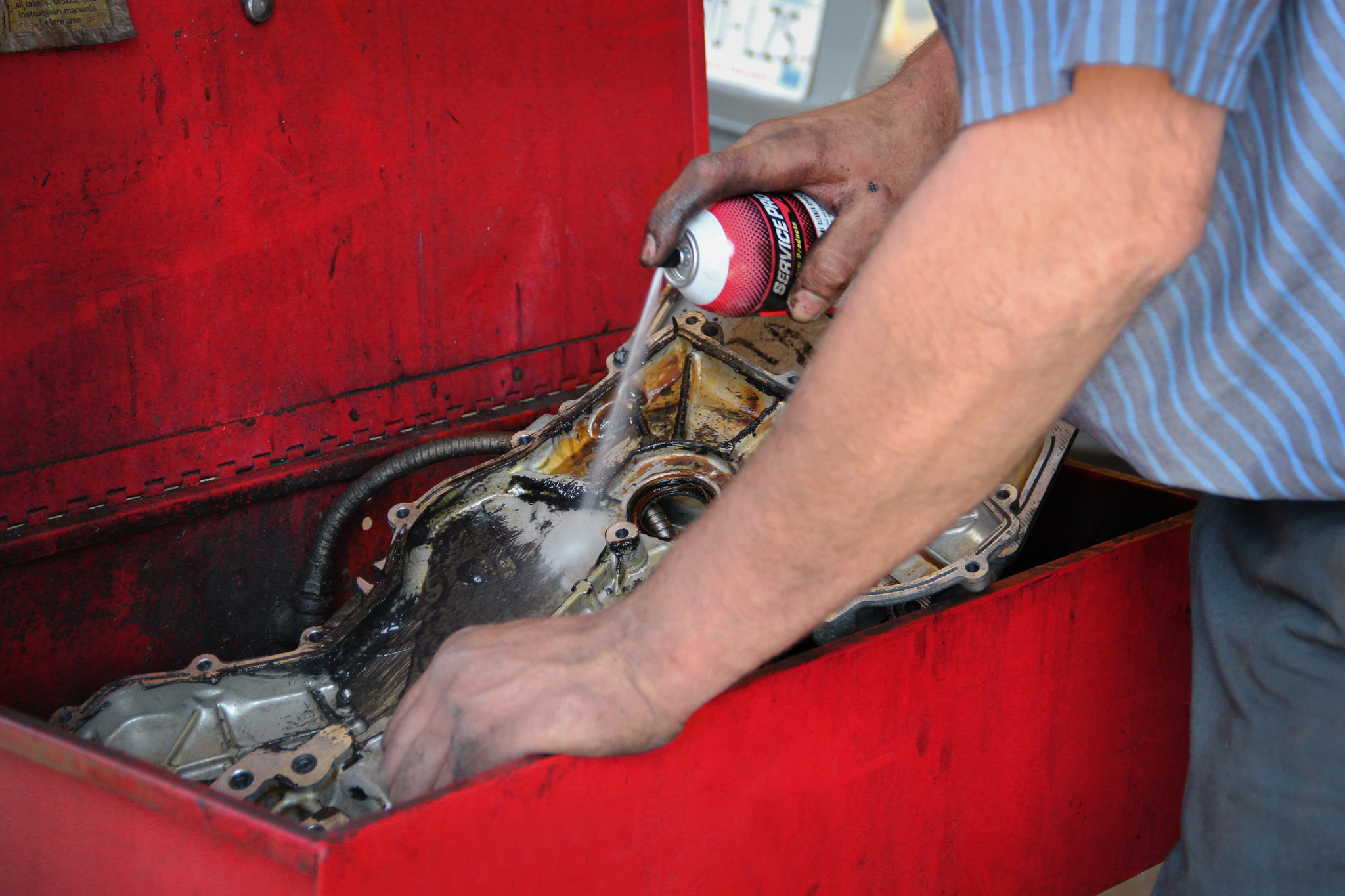Precision parts cleaning has become increasingly important in manufacturing operations. Manufactured parts rely on tight tolerances and proper fit for smooth, continuous operation. Whether it is a newly manufactured product or an after‐the‐sale service, proper part cleaning is critical for efficiency and longevity.
Precision parts cleaning results can be achieved through manual cleaning operations or by utilizing an automated parts cleaning system. Manual cleaning could be defined as any process that requires significant operator involvement either through hand washing or handheld spray wands, brushes, etc.

A manual cleaning process may be chosen in the case of low part volume, large variety of part sizes, or very large parts. All of these make it economically difficult to justify the purchase of an automatic cleaning system. Whatever the reason, if your process still involves workers hand-washing parts, you should consider the following questions:
- Are all employees cleaning every part and utilizing the same procedure, every time?
- What is the cost impact of having skilled workers washing parts? How many hours are spent hand-washing parts each day?
- Are cleaning brushes or other tools required? Are they in good condition? Is every employee using them?
- What kind of chemicals are you using? Are they safe for your employees? Is appropriate personal protective equipment provided and worn?
- Is there a precision parts cleaning specification to meet? Does every part meet this specification?
- What is the post-wash step? Do your parts need to be dry after washing?
- Is oxidation a problem? Do you need a rust preventative added?
- Does your manual cleaning operation present a safety issue for your employees?
- Is your process environmentally friendly? Are you using solvent or aqueous based chemicals?
- How are you disposing of used chemicals, and what is the associated cost?
An automated precision parts cleaning system has many advantages over manual cleaning and can provide a great return on investment. These advantages include:
- Parts washers are consistent in operation and offer uniform cleanliness.
- Skilled workers can be using their expertise in ways that are more advantageous to the business.
- Parts washers can clean a large volume of parts at a time, typically faster than an individual.
- Parts can be cleaned, rinsed, rust‐inhibited, and dried in one machine. Performing multiple processes within a machine minimizes drag‐out of cleaning fluid and keeps the work area neater and safer.
- Cleanliness requirements can be met constantly using inline filtration and other automated processes.
- Consistently clean parts offer better quality, giving a competitive edge.
- Energy, water, and chemical can be conserved and re‐used for several washing cycles.
- Automated water based parts cleaning can reduce operator exposure to cleaning fluids.
When these factors are considered, an automated cleaning system can provide a great return on investment.

Automatic parts cleaning systems are more versatile and flexible than ever before. Parts washers can range from very simple batch processes to highly automated inline systems that can interface with robots and other automated loading and unloading devices. While standard floor plans work for many applications, most of these plans can be customized for specific cleaning needs. Designs are virtually unlimited and can usually accommodate the tightest of work spaces or be integrated into your existing production lines. Intricate parts requiring laborious hand cleaning can be cleaned utilizing accurate index positions. Strategically positioned spray nozzles and air knives allow for critical cleaning and drying. Water temperature, chemical solution ratios, and dryness can all be controlled automatically with preset programming. Light curtains, guarding, and other safety measures can be incorporated with automated equipment for operator safety.
Precision parts cleaning operations in a manufacturing setting can range from very simple to highly complex. A thorough examination of all of the associated variables of manual versus automated cleaning can help determine the best solution for your parts cleaning application that will provide the best economic advantage. Understanding your current process, what your customers are requiring, and related associated costs, are all critical components for a successful parts cleaning operation.
